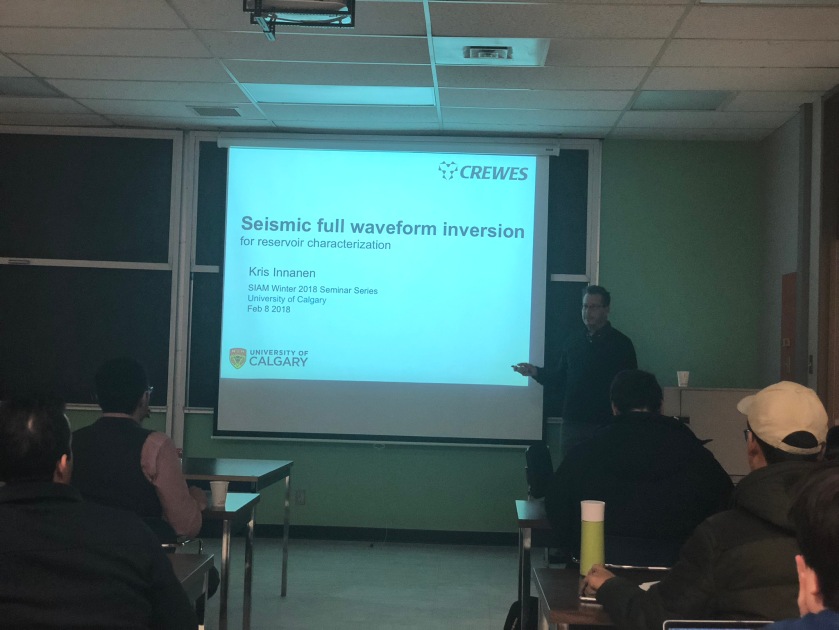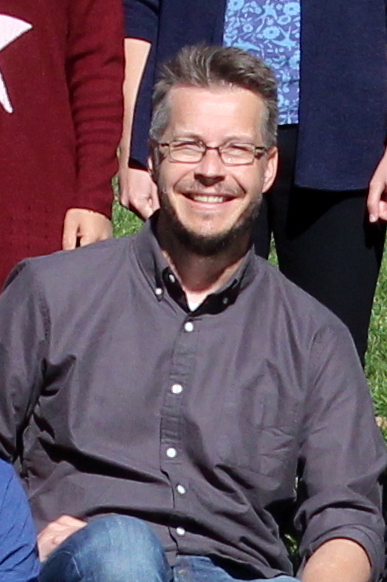Date: February 6, 2019
Location: MS 431, Time: 12:00 pm – 1:00 pm
Abstract: Hawkes processes are class of stochastic counting processes, that have been applied in diverse areas, from earthquake modelling to financial analysis. They are point processes whose defining characteristic is that they ‘self-excite’, meaning that each arrival increases the rate of future arrivals for some period of time. Thus, the Hawkes process is a mathematical model for these ‘self-exciting’ processes, named after its creator Alan G. Hawkes (1971), and it is a non-Markovian extension of the Poisson process. Hawkes models are becoming more and more popular in the domains of high frequency finance and insurance. The talk was devoted to the Hawkes processes, their applications in finance and insurance, and consisted of three parts. The first part introduced the Hawkes processes and described their properties. The second part was devoted to the modelling of trading activities in high frequency finance, namely, modelling of limit order books, and to the justification of their modelling by presenting some numerical examples using real data. The third part focused on application of Hawkes processes in insurance.
Bio: Dr. Anatoliy Swishchuk is a Professor in financial mathematics at the Department of Mathematics and Statistics, University of Calgary, Calgary, Canada. He got his B.Sc. and M.Sc. degrees from Kiev State University, Kiev, Ukraine. He is a holder of two doctorate degrees in Mathematics and Physics (Ph. D. and D. Sc.) from the prestigious National Academy of Sciences of Ukraine (NASU), Kiev, Ukraine, and is a recipient of NASU award for young scientist with a gold medal for series of research publications in random evolutions and their applications. Dr. Swishchuk is a chair of finance and energy finance seminar ’Lunch at the Lab’ at the Department of Mathematics and Statistics, and Calgary Site Director of Postdoctoral Training Center in Stochastics (PTCS). He was a steering committee member of the Professional Risk Managers International Association (PRMIA), Canada (2006-2015), and is a steering committee member of Global Association of Risk Professionals (GARP), Canada (since 2015). His research areas include financial mathematics, random evolutions and their applications, biomathematics, stochastic calculus, and he serves on editorial boards for four research journals. He is the author of more than 150 publications, including 13 books and more than 100 articles in peer-reviewed journals. Recently he received a Peak Scholar award.























































